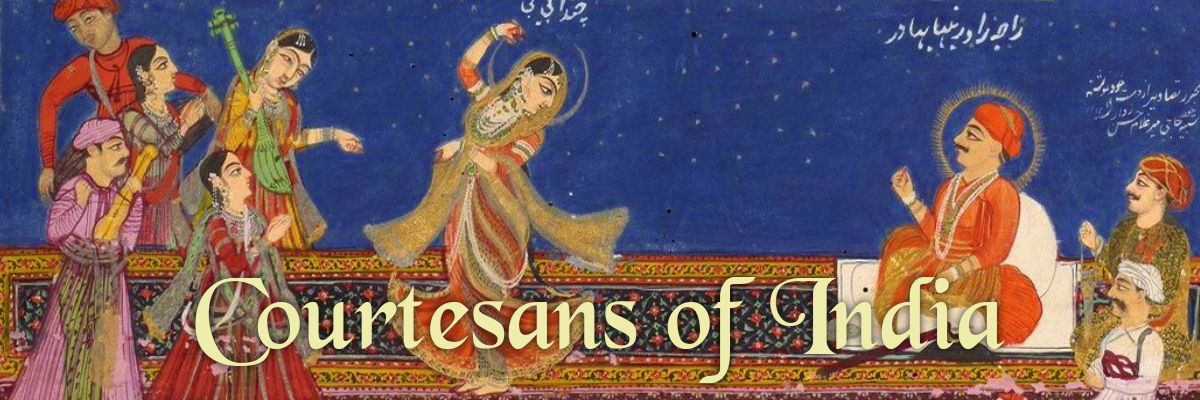Abstract
The hereditary women performers of north India, called ‘nautch girls’ by the colonial British, and courtesans or tawa’ifs by today’s scholars, played a central role in the performance of music and dance in the eighteenth and nineteenth centuries. Substantial recent scholarship has focused on their songs, poems and cultural history; consequently, this article addresses choreography, the missing part of their performance practice. Through a detailed examination of dance descriptions in nineteenth-century treatises and comparison of this material with colonial iconography and travel writings, Walker offers new research about nineteenth-century female performance, placing its practice in historical context and speculating about its evolution and change.
Notes
- Check out Walker’s book on kathak dance here!
